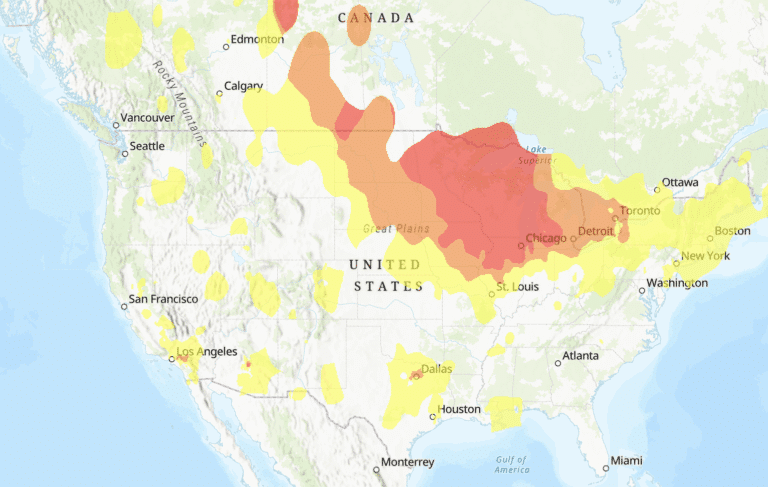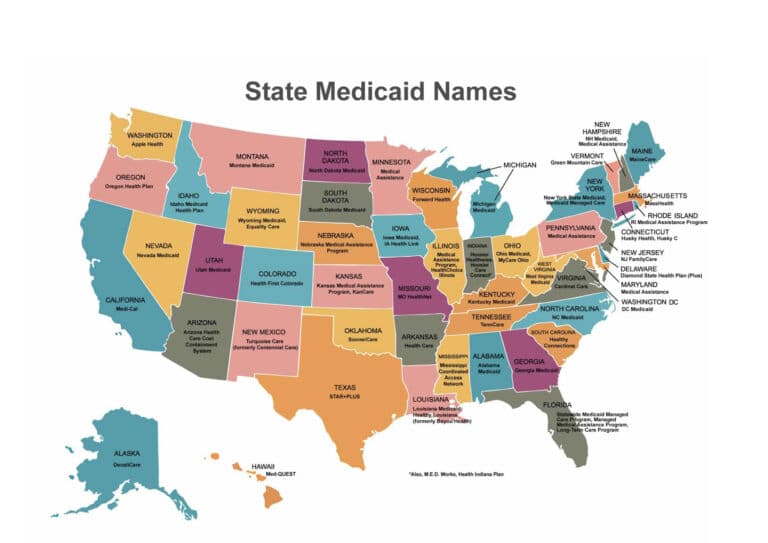Q: I’m about to sign up for Medicare, and I know there are gaps in the coverage. How much should I expect to spend for medical expenses after I retire? How can I reduce those costs?
A: Even though Medicare will take care of a big portion of your medical expenses after you retire, you’ll need to set aside money for Medicare deductibles, Part B premiums and coinsurance, and Part D prescription-drug coverage and out-of-pocket costs — plus health care expenses Medicare doesn’t cover. Fidelity estimates that the average couple retiring in 2015 can expect to pay $245,000 in health care expenses during their retirement.
The new estimate is 11 percent higher than last year’s $220,000. The main reasons for this year’s increase are longer life expectancies — the estimate assumes an average life expectancy of 85 for men and 87 for women — and anticipated increases in health care and prescription-drug costs.
The following five strategies can help you reduce your costs:
1. Find a cheaper way to fill in Medicare’s gaps. You can cover Medicare’s deductibles and co-payments with a Medigap policy and Part D prescription-drug plan, or you can cover both drugs and medical expenses if more than six months have passed since you first signed up for Medicare Part B. But some Medigap policies available in your state may not require a medical exam at any time, and some insurers may let you switch to a lower-cost Medigap policy without a new medical exam. Or you may qualify for affordable premiums if you’re relatively healthy. Consider a high-deductible Plan F or the newer Plan N, both of which have some cost sharing in return for lower premiums and can be a good deal if you have few medical expenses. Also look into Medicare Advantage plans, which may have lower premiums in return for more restrictions on which doctors and hospitals you can use.
2. Review your Part D prescription-drug coverage or Medicare Advantage options every year. Open enrollment runs until December 7. Don’t look only at the premiums; in addition, estimate the overall costs for your specific drugs under the plans (and, for Medicare Advantage plans, the type of medical care you usually use). You can compare all of the plans available in your area using the Medicare Plan Finder, or get personalized help from your State Health Insurance Assistance Program (call 800-633-4227 or visit www.shiptacenter.org for local contacts).
3. Save on prescription drugs. Even if you have a Medicare Part D prescription-drug plan, you’ll have to pay plenty of out-of-pocket costs. Your plan may have a deductible (up to $360 in 2016), and you may have to pay as much as 30 percent to 50 percent of the cost of some pricey brand-name drugs. You may have to pay an even larger portion of the cost of the drugs when you’re in the “doughnut hole.” In 2016, your Part D plan will provide coverage until your drug expenses reach $3,310 (including both your share and the insurer’s share of the costs). You then pay 45 percent of the cost of brand-name drugs and 58 percent of the cost of generics yourself. When your out-of-pocket costs reach $4,850, your coverage kicks back in and you pay 5 percent of your covered drug costs.
Switch to generic drugs when possible, or ask your doctor about therapeutic alternatives, which may provide similar results but cost a lot less. Also, see if your plan has a preferred pharmacy with lower co-payments, and find out if you can save even more by using a mail-order pharmacy. At some pharmacies, you might even save if you buy generics with cash rather than using your insurance.
4. Pay medical expenses with tax-free money in an HSA. A health savings account provides a triple tax break: Your contributions are pretax (or tax-deductible), the money grows tax-deferred in the account, and you can use the money tax-free for medical expenses in any year. You can’t make new contributions to an HSA after you sign up for Medicare, but you can use the money tax-free for medical expenses at any time. If you’re 65 or older, you can use the money tax-free for you and your spouse’s Medicare Part B and Part D or Medicare Advantage premiums (but not Medigap). You can even pay a portion of long-term-care premiums, based on your age, from an HSA.
If you haven’t signed up for Medicare yet, you can start building up tax-free money in the account for future expenses. If you’re 65 or older and still working for an employer with more than 20 employees who offers health insurance, you may want to delay signing up for Medicare Part A and Part B so that you can continue contributing to an HSA (especially if the employer contributes to the account).
5. Be a smarter health care consumer. Many of the strategies for saving money on medical expenses when you’re younger also save you money after you’re on Medicare, especially if you have to cover a portion of the costs yourself.













